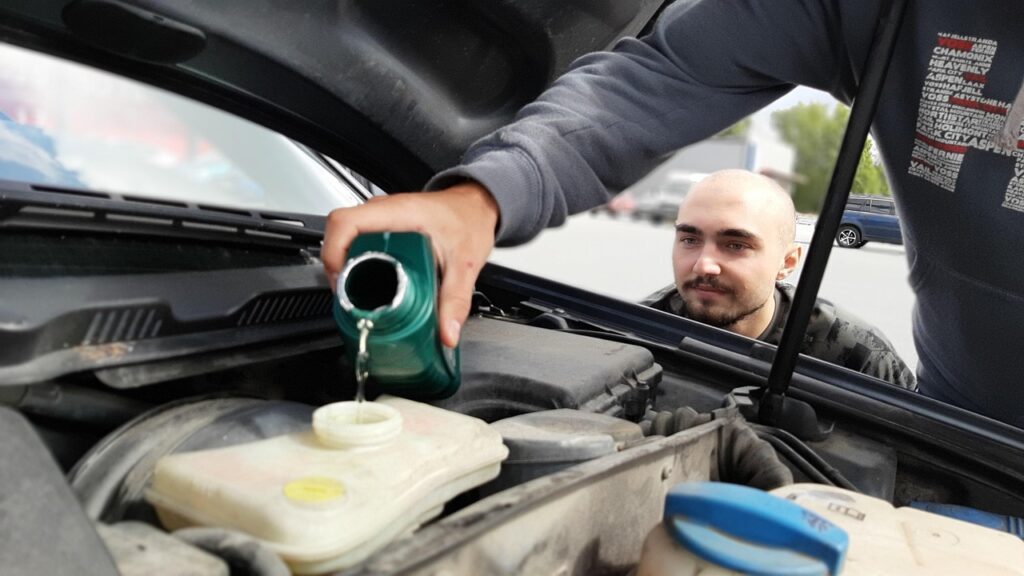
Key Takeaways
- Transmission fluid lubricates, cools, and protects your transmission.
- General change interval: 30,000–60,000 miles for automatics; manuals may vary.
- “Lifetime” fluid does not always mean no change is needed.
- Signs you need a fluid change include slipping gears, strange noises, leaks, and burnt-smelling fluid.
- Driving conditions, transmission type, and vehicle age affect fluid life.
Transmission fluid is essential for smooth gear shifts and overall transmission health. This guide explains how often you should change your transmission fluid, the warning signs it’s time, and what manufacturers recommend for different vehicles.
What Does Transmission Fluid Do?
Transmission fluid plays several critical roles:
- Lubrication: Reduces friction between moving parts.
- Cooling: Absorbs heat generated by gears and clutches.
- Smooth Operation: Ensures consistent gear shifting.
- Protection: Prevents wear, corrosion, and component damage.
How Often Should You Change Transmission Fluid?
- Automatic transmissions: Every 30,000–60,000 miles is typical.
- Manual transmissions: Often longer intervals, but vary depending on driving habits.
- Always follow your car manufacturer’s recommendations — fluid change intervals can vary widely.
Manufacturer Guidelines for Common Vehicles
- Luxury brands (BMW, Mercedes): Often advertised as “lifetime fluid,” but a change around 100,000 miles is typically advised.
- Popular brands:
- Ford: 50,000–60,000 miles (automatic)
- Honda: 60,000 miles (automatic)
- Audi: 40,000–50,000 miles (automatic)
Check your owner’s manual for exact guidance.

Early Signs You Need a Transmission Fluid Change
Watch out for:
- Gears slipping or delayed engagement
- Whining, grinding, or unusual noises
- Dark or burnt-smelling fluid
- Leaks under the car
- Overheating transmission
Transmission Fluid Change Interval: Factors That Affect It
Several factors influence how often you should change your fluid:
- Driving conditions: Stop-and-go traffic, towing, and city driving reduce fluid life.
- Transmission type: Automatic, manual, and CVT fluids age differently.
- Vehicle age: Older cars may need more frequent changes.
- Maintenance history: Regular checks and top-ups extend fluid life.
When to Change Transmission Fluid vs. When to Just Check It
- Checking: Ensures fluid levels and condition are acceptable.
- Flushing/changing: Removes old, degraded fluid and replenishes protective additives.
- Remember: “Lifetime fluid” does not necessarily mean no maintenance is ever required. Always follow your owner’s manual.
DIY vs. Professional Service
DIY:
- Pros: Cheaper, convenient if skilled.
- Cons: Risk of overfilling or missing hidden issues.
Professional Service:
- Pros: Ensures correct fluid type, proper flushing, and disposal.
- Average cost: $100–$250.
Shopping for Transmission Fluid
Summary:
- Transmission fluid keeps your gearbox lubricated, cool, and protected.
- Replace fluid according to manufacturer recommendations or if you notice warning signs.
- Factors like driving style, transmission type, and vehicle age can shorten intervals.
Browse APD’s full range of transmission fluids to find the right product for your car.
